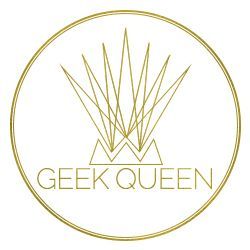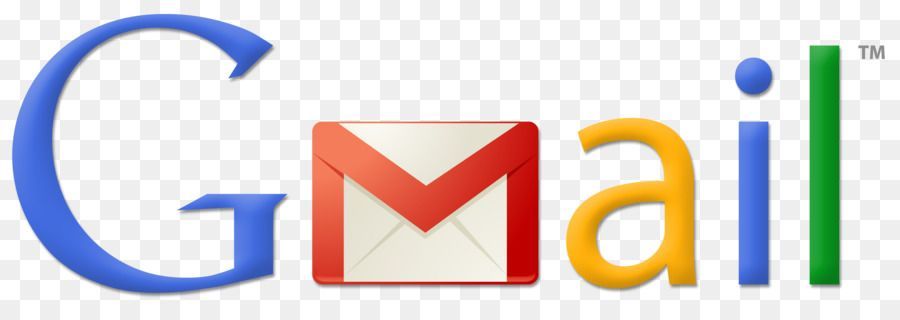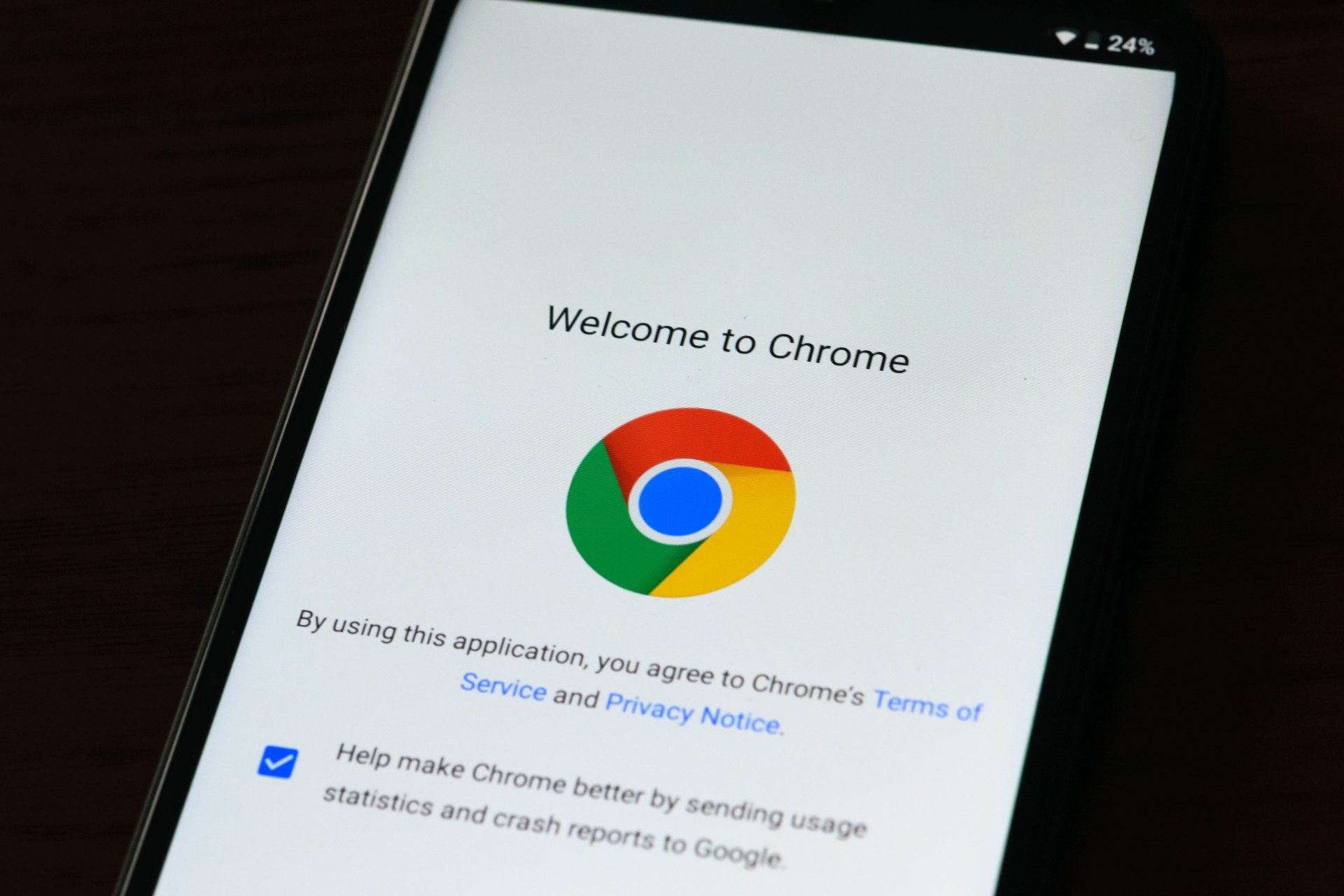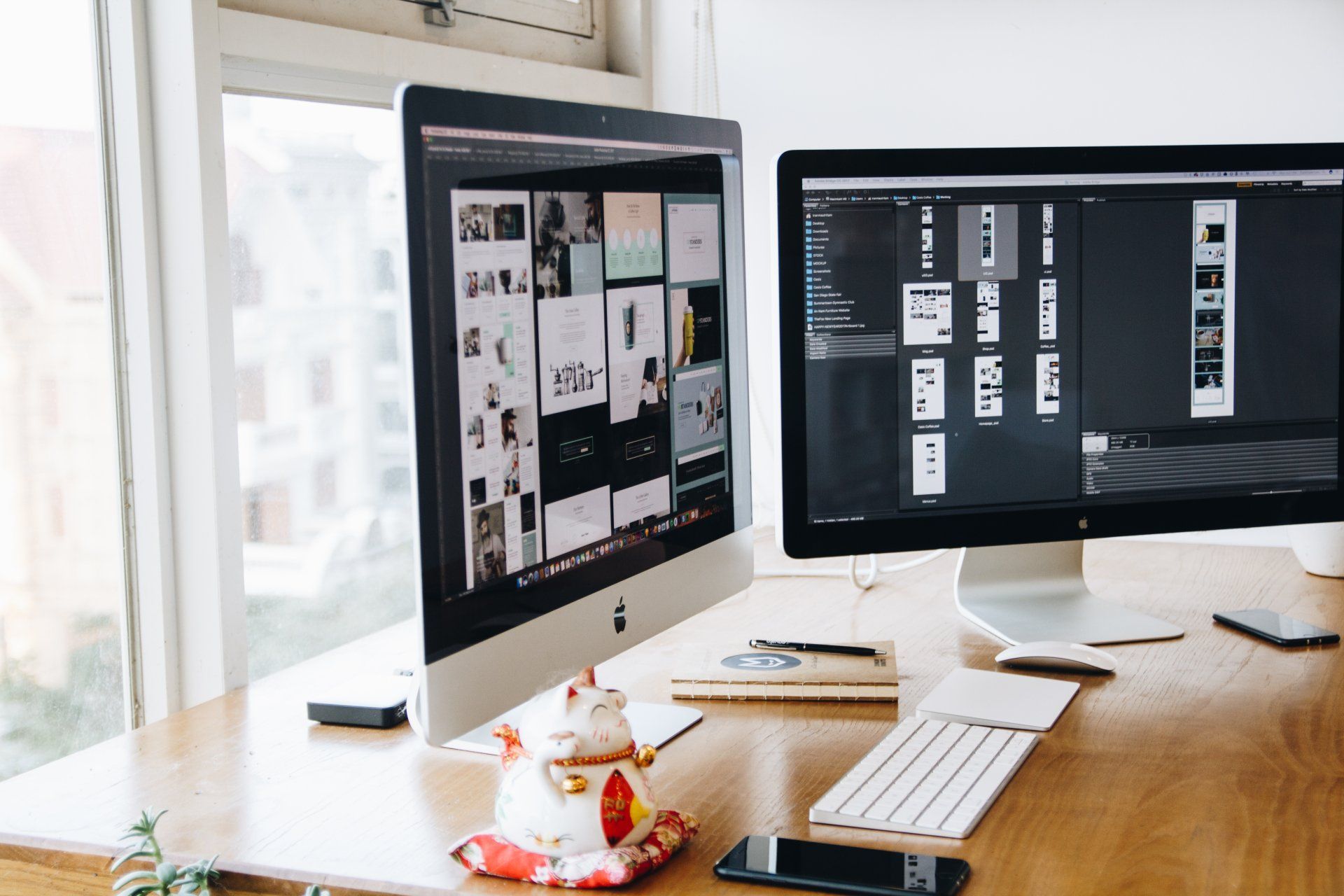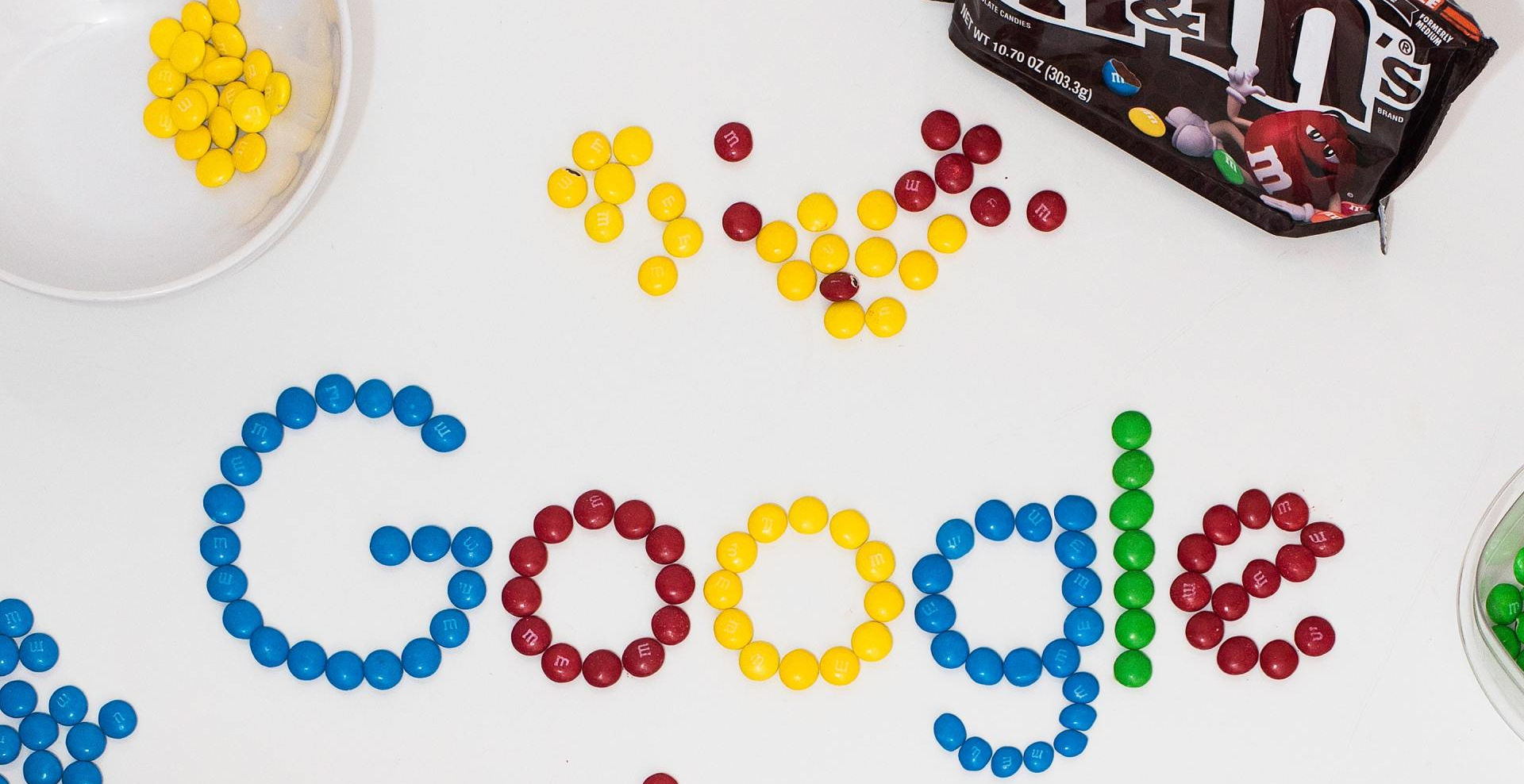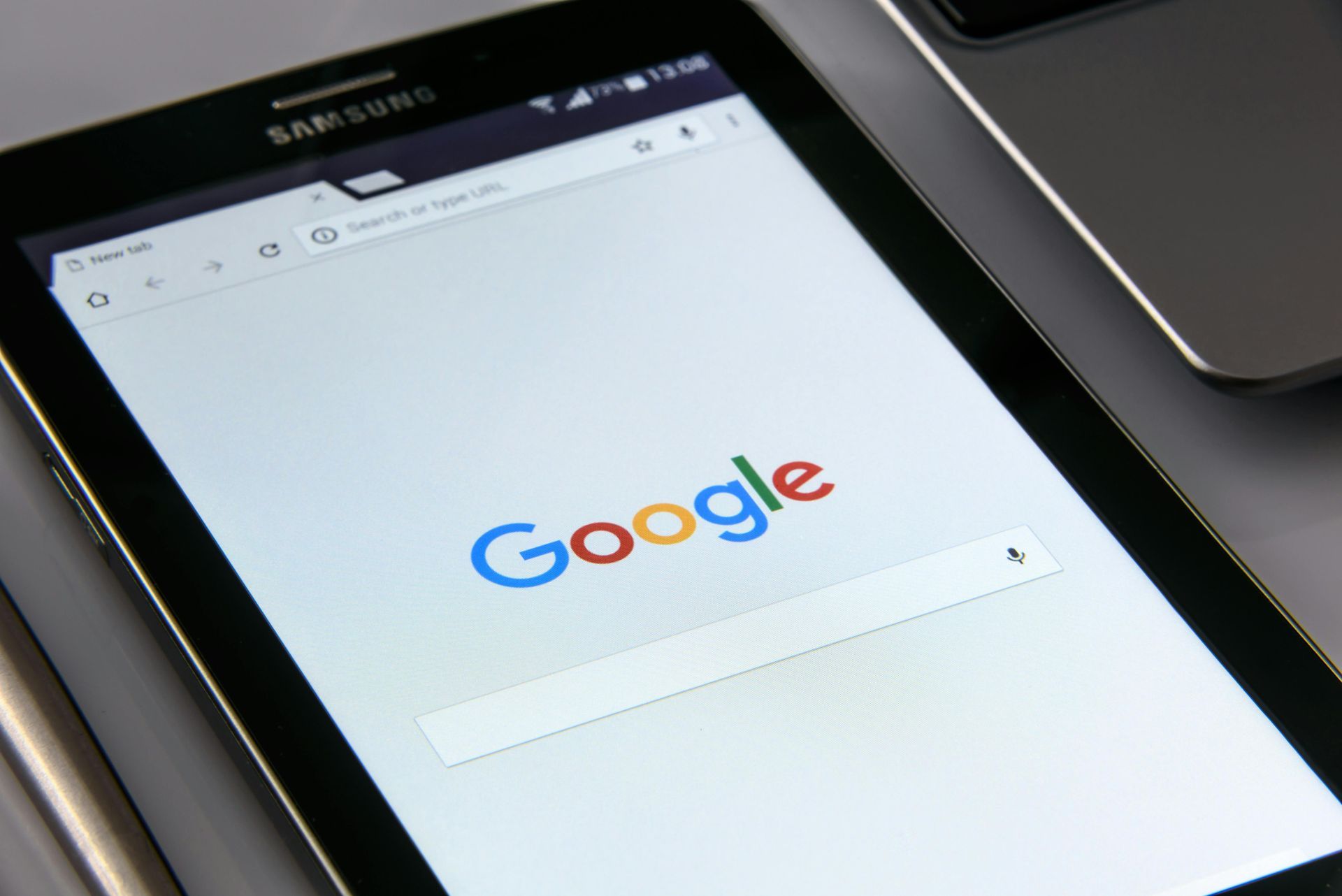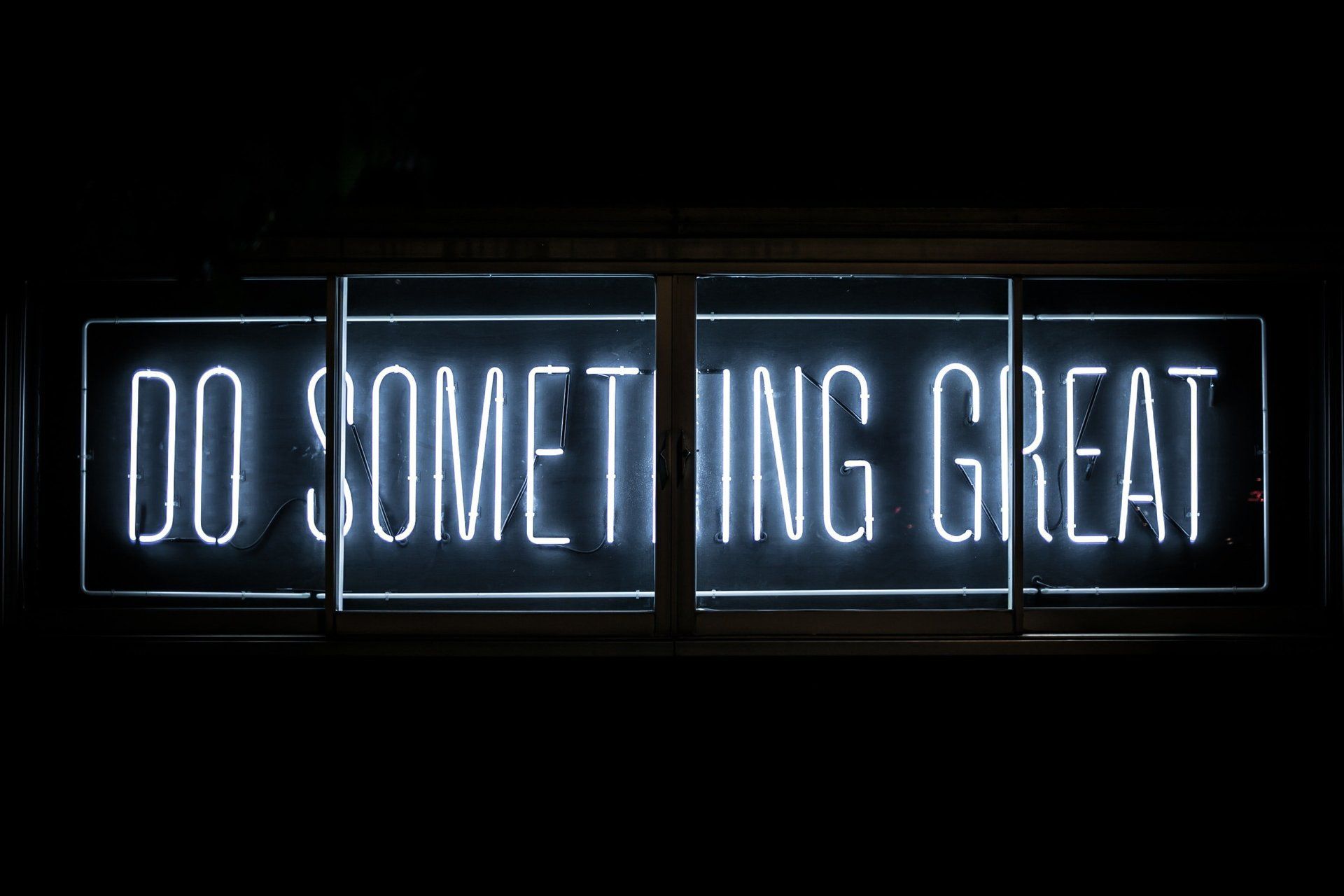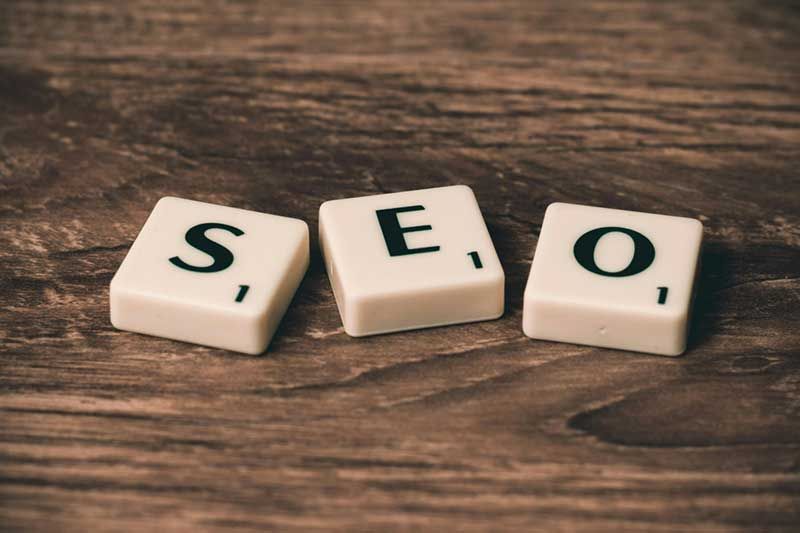My Website Development Process
jen --March 27, 2019
Learn what my development process is.

I've outlined below what my typical website development procedure looks like. Of course things vary on small or large projects, however I usually try to stick with this process for continuity.
Stage 1 | Managing The Enquiry
Of course this starts with a phone call or website inquiry from my potential client.
If the inquiry comes in via phone, I try to do a quick 5 min chat to see if the client is suitable for my business. Yes I do turn people down. That might be someone who is ingrained in Wordpress already or wants only Wordpress development. Or it might be someone who has come in through my programming contacts and doesn’t realise I don’t do big database contracts any longer.
If its via email, I still call if they have included their number. I feel that level of contact has a greater level of success and is more reassuring to the client.
Once I’ve touched base I schedule a longer call to chat about what their requirements are, tell them what I do, outline my process, stress to them what their involvement will be and give them an idea of my current schedule.
Stage 2 | Signing The Client
Once we have discussed their project and they seem to agree that I might be the developer for them, I follow up with an email that contains:
- My open calendar dates (asking them to select what suits them the best
- My understanding of what they require and the time frame I think is suitable
- A quoted price for the scope of works
- A copy of my contract
- A list of what is included in the price I’ve given them
- A full list of what their involvement will be and what they will be expected to supply. I never used to include this, however I’m constantly held up by clients who just don’t realise how much work putting a website together is. I got to the point that I felt that I had to take some responsibility for that, so I am very upfront about what they will need to do and when.
Once they’ve accepted the quote, I send them an invoice for the deposit and a time frame for their asset delivery.
Stage 3 | Pre-Design
I create a Pinterest Folder with design options for the client and send them the link. At this point, I’m not showing them designs, I’m showing them colors, styles and theme examples. I ask them to tell me which one they like (I usually number the examples), why they like it and how they think it applies to their website. I have comments on my images that should deter them from making design selections that aren’t suitable for their business. IE: If a client is dead set on a dark website I find a really dark one, and make comments about how challenging it is to read, how it will be impossible on mobile etc etc.
Once I have that feedback I develop a sample page. NOT a design, just an example of what they might have. I always used to develop a wireframe for approval from clients, however I’ve learnt over the years that it’s just not practical for them. I know what it's going to look like but boxes and crosses on a page isn’t visual enough for them so at this point, I do up a dummy page with options for their website.
So many colleagues tell me I’m wrong to do this, but honestly, using stock imagery and Lorem Ipsum text, I can create an example of the items we can include quicker than I can a wireframe and it gets my clients excited.
I now send the client links to everything they need to do in Google Drive.
- Pages for website content
- Links for paid and free stock photos
- Pages for each product they need to complete(images, short descriptions, long descriptions, technical info, sizes, colors etc)
Stage 4 | Managing The Project
Once I have commenced the design this is the point of no return for clients. So much work goes into the design that for smaller websites, I ask for 75% up front before I start the design work and for larger projects I ask for 50% up front. None of this is refundable should I have completed the design aspect.
Layout Of Inspiration
I don’t do visual boards but I do extract items from past designs I like (of my own mostly, however sometimes it’s from a clients wish list) and assemble it into a Photoshop layout file. It’s usually pretty ugly at this point because this is effectively my image wire frame, however it's a great starting point for me and I move into my platform from there.
Colors:
I establish a color theme for the website and record all the color codes for each color and assign them a % of importance. I find this easier to establish the Main / Sub and Complementary colors if I know which is the more prominent color from the start.
Logo
If I am doing the clients Logo too, at this point I assemble my brief and contact my logo designers for options.
Client Assets
The client should be by this time uploading their images and completing their content for me and I start using these assets to formalise the design.
Web Assembly
At this point, I’m adding pages, creating blogs, setting up the store and payment systems and getting ready for the final client approval. I send the preview link to the client and while they are checking that out, I work through my tech list (my spin on check list) for the technical things I have to do. Checking page titles, meta tags, org tags, setting up Analytics, Tag Manager etc etc.
Client File And Info
I have template document that I save everything the client would ever need to know about their website. All domain logins, Google access, logo files etc and share this with the client.
Stage 5 | Release
Once both the client and myself are ready, we set a release date to launch the project. I usually try to make this a Friday so I can redirect the domain, launch and test and then when the client gets in to work on Monday morning, their brand new shiny website is there for them to take the edge of the Monday.
I always make sure I’m available to clients asap during the first live week just to make any small changes they might need or any technical tweeks should there be any.
Stage 6 | Follow Up
About 2-3 weeks after the clients website has been live, I touch base with them to see how they are going and if they need any help with anything. It’s always good to be there for them after the fact, and it helps them to be more comfortable with calling me at any time should they need to.
